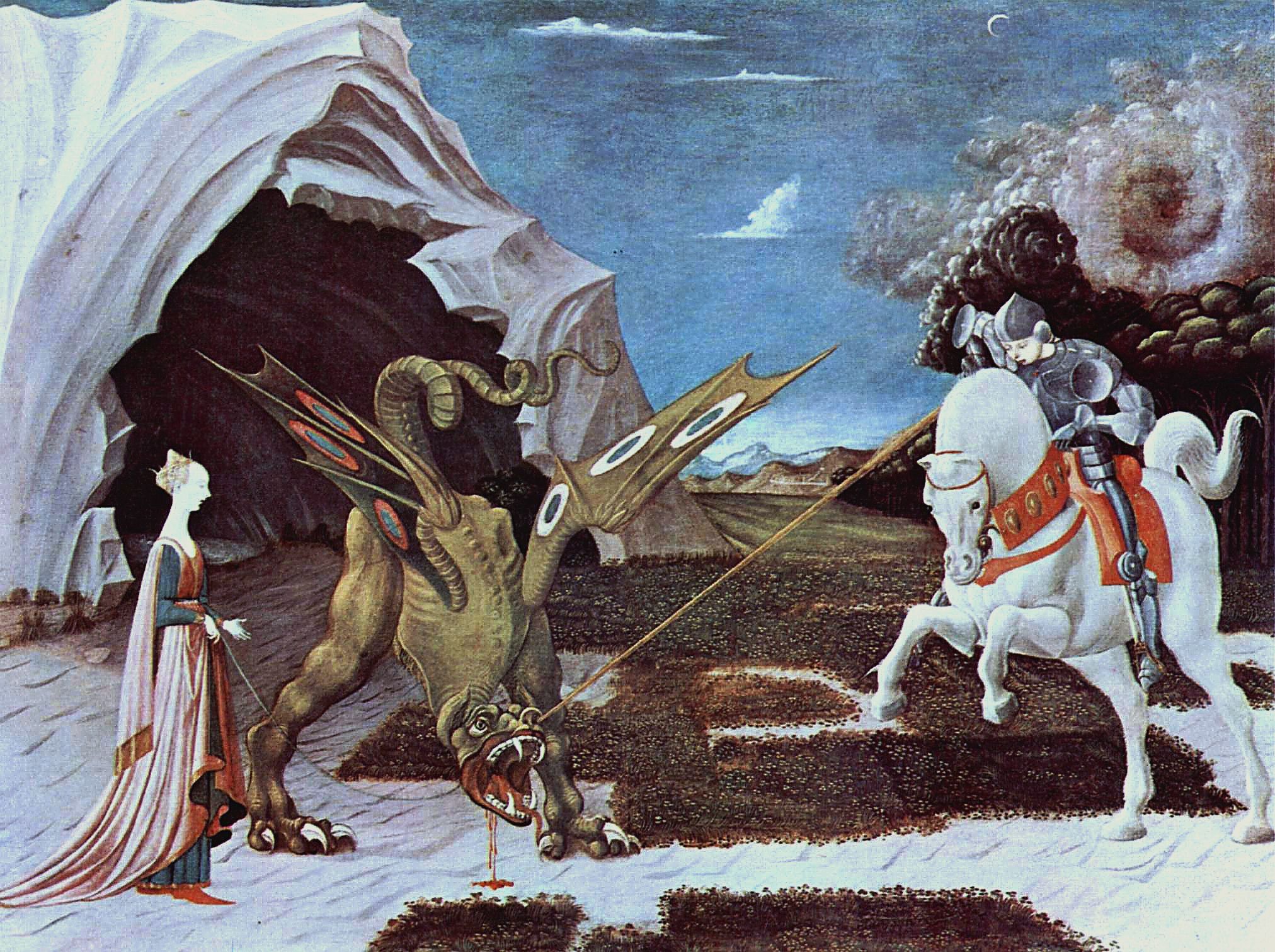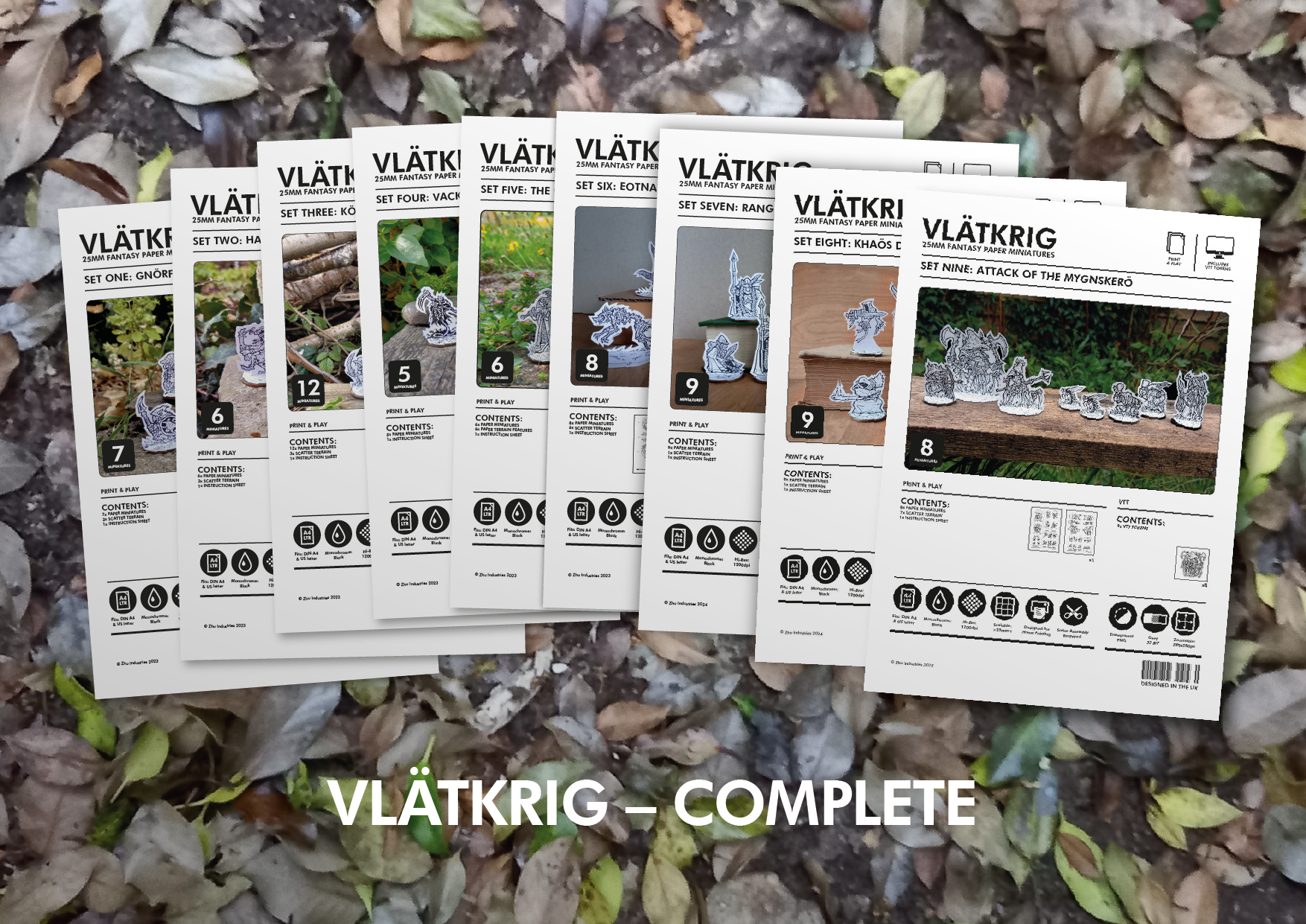 |
| In Search of Forever | Rodney Matthews |
Anyway, yes, I was browsing this weighty tome when I came across Rodneys cover artwork for Imagine #12 (one of the few issues I don't have) in the section of work he did for TSR -
 |
| Imagine #12 | Rodney Matthews | 1984 |
The version in In Search of Forever doesn't have the masthead or other type on it, it's just the art. It's interesting that TSR UK were commissioning original artwork for their Imagine covers, whereas GW with the arguably better distributed White Dwarf had developed the habit of using images from the morguefile of the Young Artists illustration agency, reproducing art originally destined for SF&F books, often with zero relevance to the content of the issue. Incidentally there is a pencil sketch from Rodney of what looks like a proto Eldar Farseer done for a TSR catalogue in the section for all you Oldhammererers as well.
Anyway, daydreaming about that dragon, One of those eerie feeling of familiarity hit me, and rather than considering it the usual bout of indigestion, actually recalled what it reminded me of - Rodneys cover is an almost precise mirror image of Chris 'Fangorn' Bakers illustration from the Fiend Folio, albeit rendered in Matthews unique style.
 |
| Chris 'Fangorn' Baker | 1981 | via |
In Search of Forever, Mathews mentions being handed a 'sketch' as a brief, it is possible he's referring to the Fangorn piece above. The Fangorn piece itself was something of a re-imagining of Dave Sutherlands cover for the 1977 D&D Basic Set - including the same elements of dragon / treasure / light-bearing magic user and fighter.
 |
| Dave Sutherland | D&D | 1977 |
Again we see these same distinct elements, but in a radically different composition in the 1977 UK edition by John Blanche, which we can see establishes the dragon on the left, wizard nearest the dragon and the fighter on the right. Mr Zenopus, speculates that the Fangorn art in the Fiend Folio may have been originally intended for the UK D&D cover - for which he did all the interior illustrations.
 |
| John Blanche | D&D | 1977 via |
It's interesting to see John has returned to a similar mark-making technique in his recent personal work as the sublime chaos of the Voodoo Forest documents, although the underlying drawing is stronger in his newer work. Again all the hallmark elements are there - the treasure, Magic User, carrying the light, the archway, the fighter and Dragon. These same elements appear again in a composition closer to Fangorns on the 1981 Basic Set, by Erol Otus:
 |
| Erol Otus | D&D | 1981 | via |
Fangorns Fiend Folio image does also carry strong compositional resemblance to Erol Otus' 1981 cover, which makes me question whether Fangorns peice was composed for the 1977 UK D&D cover, or a re-drawing of the Otus. Otus' cover is notable not only for his stunning stylisation and use of colour, but the only one approaching gender equality in terms of representation, although through the traditional gender role of the female magic user. The image also seems to be laden with acid soaked psychosexual Freudian undertones which give such a mythical richness and phantasmagorical depth to the work.
I'm not sure if Fangorn, Blanche or Otus had line of sight of each others work (the horns on the warriors helmet suggests that perhaps they did), rolled for initiative or were working from the same brief, but the details of motifs and compositional similarities are interesting.
 |
Saint George and the Dragon | Paolo Uccello | 1470
|



My parents had an encyclopaedia with that St George painting by Uccello in it. Fascinated me as a child.
ReplyDelete=)
I too have childhood memories of the image, wondering why the dragon appeared to have 'wrong' RAF roundels on its wings. It has a wonderful dreamlike quality, and the stillness seems to invite a myriad of alternative relationships between the figures.
DeleteI completely forgot about the roundels! I do recall wondering why Princess Sabra looked so calm!
DeleteI hadn't seen that Imagine cover before. It's great. Thanks for sharing, and for the mention.
ReplyDeleteGlad to have introduced it to you. Matthews works are world to explore in themselves. I'm sure I'll put in more - and thank you for your deep-delving into Holmes, it's fascinating stuff.
DeleteMy Dad bought me a poster of the image they used for In Search of Forever. Thanks for sharing, I couldn't remember the name of the artist.
ReplyDeleteOh, that's a great poster - published by Big O in the 1970s. The book mentions it was redrawn for the front cover, so that's a slightly different version up there.
DeleteGreat post - especially with the Uccello, from which two things struck me. First, I love the flat ground in the painting - it makes the whole thing look like a scene from a chess game. Second, check out the wings on that dragon! It's touches like that that show the imagination at work.
ReplyDeleteYes, the patchwork grass does seem to add to the chess-board effect, along with the 'dynamic but frozen' pose of the knight that gives it the character of a sculpted figure. What was Uccello intending with those roundels, perhaps a Butterfly-bat hybrid?
DeleteIt's also interesting that traditional depictions of St. George & the Dragon are depicted at the moment of the Dragons defeat - which makes allegorical sense. On the other hand D&D imagery of Fighter & the Dragon the Dragon at the moment of awaking, initiative being rolled and combat about to begin - John Blanches example being the exception.